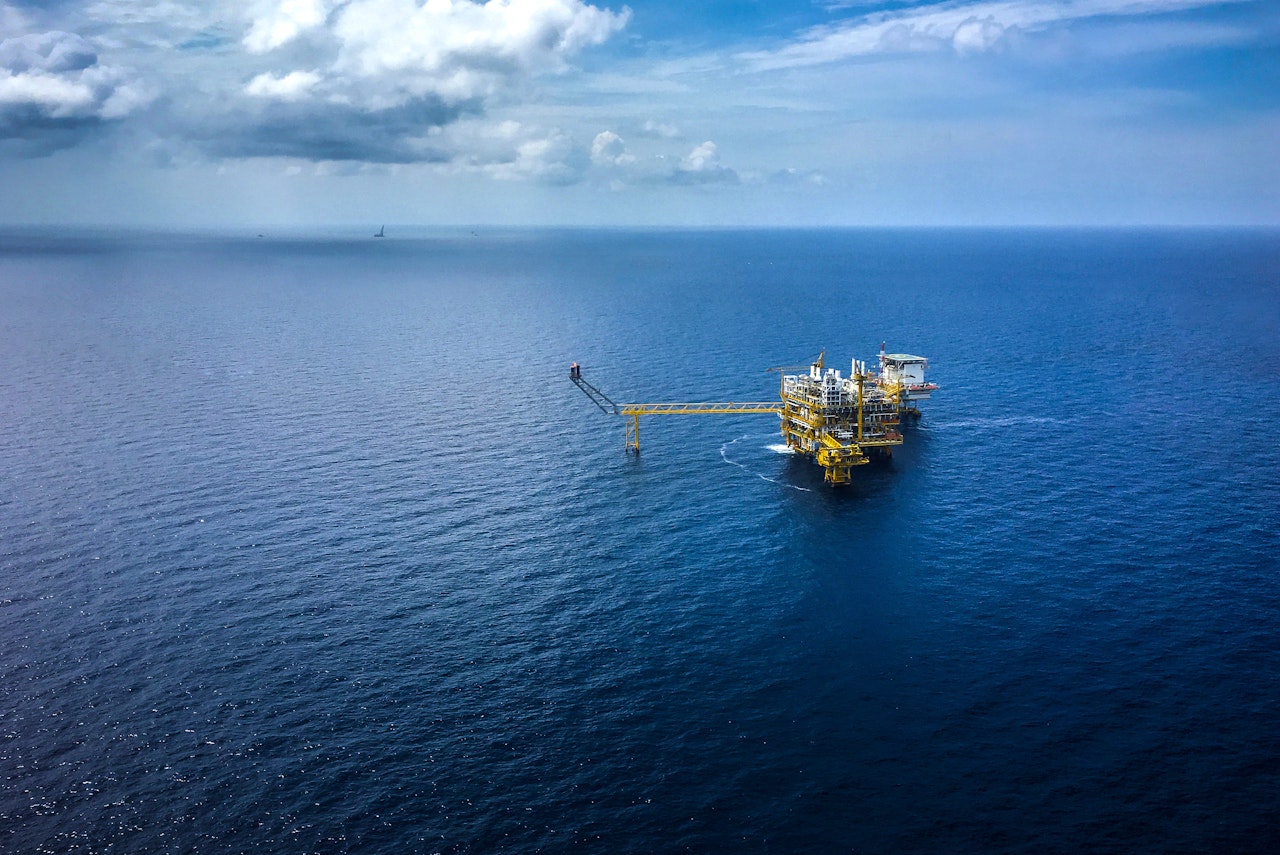Oil Market Report - October 2021

About this report
Highlights
- The ongoing energy crisis has prompted a switch to oil that could boost demand by 500 kb/d compared with normal conditions. This contributed to an upward revision to our 2021 and 2022 forecast, by 170 kb/d and 210 kb/d respectively. Global oil demand is now forecast to rise by 5.5 mb/d in 2021 and 3.3 mb/d in 2022 when it reaches 99.6 mb/d, slightly above pre-Covid levels.
- World oil supply has resumed its uptrend as OPEC+ continues to unwind cuts, the US bounces back from Hurricane Ida and maintenance winds down. From September through end-2021, global output is set to rise 2.7 mb/d with OPEC+ accounting for 1.5 mb/d and non-OPEC+ pumping the rest. Total oil output fell 260 kb/d in September to 96 mb/d, led by steeper US hurricane losses.
- Global refinery activity in 3Q21 continued to disappoint, with lower throughputs in China and India in August only partially offset by a stronger performance in OECD Asia and Europe. Implied 3Q21 refined product balances show the largest draw in eight years, which explains the strong increase in refinery margins in September despite significantly higher crude prices.
- OECD total industry stocks drew by 28 mb in August to 2 824 mb, 162 mb below pre-Covid five-year average. Preliminary September data for the US, Europe and Japan show on-land industry stocks fell by a further 23 mb. Crude oil held in floating storage decreased by 8.5 mb to 98 mb in August.
- Crude oil prices hit a seven-year high in early October boosted by energy supply concerns and continued oil stock draws. North Sea Dated prices rose by $3.65/bbl on average in September to $74.40/bbl and WTI at Cushing $3.84/bbl to $71.56/bbl. Strong backwardation restrained crude price differentials to marker crudes over the month.
Bumpy road ahead
Oil prices are scaling multi-year highs as a shortage of natural gas, LNG and coal boosts demand for oil, which could keep the market in deficit through at least the end of the year. Brent crude futures rose by more than $10/bbl to surpass $83/bbl, while WTI traded above $80/bbl at the time of writing.
The surge in prices has swept through the entire global energy chain, fuelled by robust economic growth as the world emerges from the pandemic. Record coal and gas prices as well as rolling black-outs are prompting the power sector and energy-intensive industries to turn to oil to keep the lights on and operations humming. The higher energy prices are also adding to inflationary pressures that, along with power outages, could lead to lower industrial activity and a slowdown in the economic recovery.
For now, a reduction in the number of new Covid cases and rising mobility are lending support to oil demand. Global gasoline demand is currently running 2% below pre-Covid levels compared with a deficit of more than 10% at the start of the year. Air-travel is lagging further behind. All in all, world oil demand is forecast to rise by 5.5 mb/d, to 96.3 mb/d in 2021 and 3.3 mb/d in 2022, when it is set to reach pre-Covid levels.
World oil supply, meanwhile, is projected to rise sharply in October as US output bounces back from Hurricane Ida and OPEC+ continues to unwind cuts. Earlier this month the producer group reconfirmed its agreement to boost output by 400 kb/d for November, despite calls from major consuming countries for a more substantial increase to stall the decline in global oil inventories and the rise in prices. Preliminary data shows OECD industry stocks fell 23 mb in September to stand 210 mb below their five-year average and at their lowest level since March 2015.
With OPEC+ currently on track to pump 700 kb/d below the call for its crude during 4Q21, inventories will continue to decline. As the bloc ramps up production, its spare capacity will dwindle. Compared with a cushion of 9 mb/d in 1Q21, effective spare capacity could fall below 4 mb/d by 2Q22 and be concentrated in only a few Middle Eastern countries, although supply is expected to exceed demand. Shrinking global spare capacity underscores the need for increased investments to meet demand further down the road.
As the IEA’s World Energy Outlook 2021 published this week highlights, the world is not investing enough to meet its future energy needs. Transition-related spending is gradually picking up, but remains far short of what is required to meet the rising demand for energy services in a sustainable way. At the same time, the amount being spent on oil appears to be geared towards a world of stagnant or falling demand. A surge in spending on clean energy transitions provides the way forward, but this needs to happen quickly or global energy markets will face a bumpy road ahead.